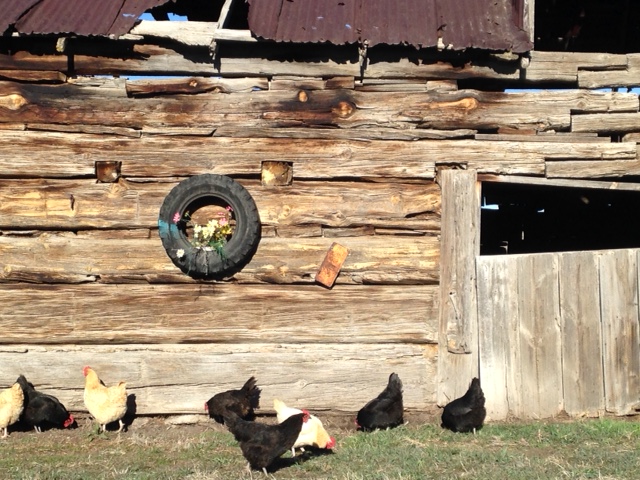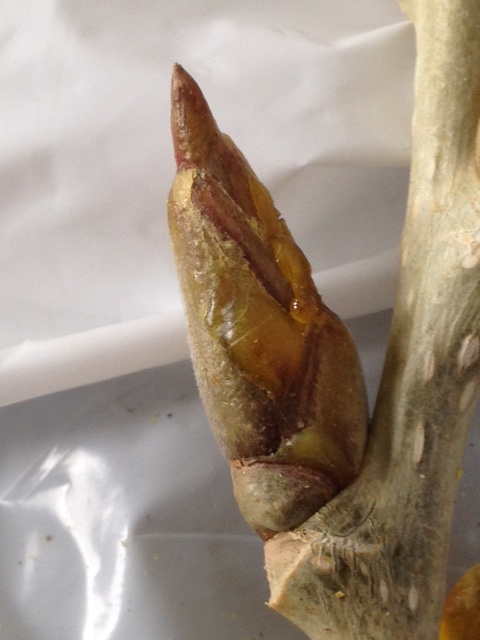
Spring time in the Rockies! What a beautiful time of year! The grass is beginning to grow, the baby calves are being born and it looks like summer is within sight!

We recently watched a reality show where the people made their year’s supply of a wonderful salve that they claimed to use on everything from sore muscles to diaper rash. Also known as balm of gilead, the salve contains a bounty of medicinal properties. It’s made from cottonwood buds whose resin contains “salicin” – which is the same compound that gives aspirin it’s pain relieving, anti-inflammatory benefits. Using the balm as an external rub will reduce joint pain (as with arthritis and rheumatism) and will ease sore muscles.
Because cottonwood is high in antioxidants, it is useful for healing the skin, including sunburn. The buds are also antiseptic and can be added to other oils to prevent rancidity and molding.
Since we live on a creek bottom full of cottonwood trees, my interest was piqued.
The best time to harvest the buds is in late winter to early spring – so I grabbed a plastic bucket and headed for the woods.

I picked these buds in early February – they were just beginning to swell. You can see the little drop of resin.

While most recipes called for placing the buds in olive oil, I did find one recipe that used rendered beef fat. I have LOTS of that – beautiful grassfed beef fat – rendered and frozen in blocks. It got my vote!

I placed the frozen fat in my crock pot and put the temperature on low to let it melt. After removing the buds from the twigs I had gathered, they were chopped quickly in a blender.

Then, I combined the melted beef fat with the chopped buds in the crock pot – and gently simmered for about 48 hours. Upon waking on the second morning, our house had a wonderful, aromatic smell! The resin from the buds had turned the rendered fat a slightly orange-ish hue.
I strained the mixture through cheesecloth, wringing to extract all of the oil. At this point, the oil is done – but it is runny (like a baby oil consistency). I wanted to use it more like a salve, so the oil was then warmed with a small amount of candellila wax to “thicken” it. Use about 1 ounce of wax to 5 ounces of oil.
It was poured into jars and then cooled, sealing with a canning lid. Store your salve in a cool, dark place.

A note of caution – I have read that people who are allergic to aspirin may also be allergic to cottonwood bud oil. Please check with your doctor before using if this is the case.
This lovely salve has been our “go to” for arthritis pain and sore muscle rubs. It helped a friend who rubbed it on his elbow afflicted with tendonitis, and it calmed an injection site from a tetanus shot. I think we will be gathering cottonwood buds for years to come!
























